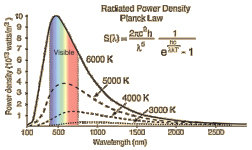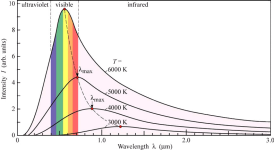BH
Veteran Member
I was watching a rerun of Meteor the other night and a question popped into my head. How much of a nuclear bomb's destructive power is composed with how it interacts with the immediate atmosphere (like blast winds, oxygen around for things to catch fire) compared to what its destructive power would be, say hitting an asteroid, out in the vacuum of space?




